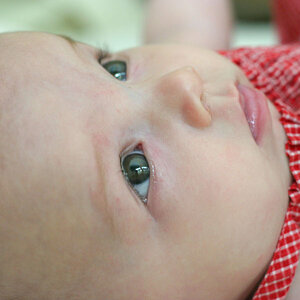This week I received my Asus PA238Q IPS monitor which I bought primarily because I was fed up with my photos and videos looking different every time depending on how I was sitting in front of my laptop screen.
Im an absolute noob when it comes to color spaces and color profiles. I guess whats important is that all my material is destined for online use. So prints are not really an issue for me. What Im looking for though is a color accurate representation of what my material will look like on most other monitors (sRGB I guess). In other words; I dont want to be color correcting my videos or photos but find that on 80% of other monitors it looks way more red than how I graded it.
So the Asus monitor is individually pre calibrated in the factory for sRGB (Ive got the test result sheet here in front of me with the serial number of my monitor on it). The thing is thought that if I put the monitor on sRGB mode, it feels very greenish to me. Especially compared to the Standard mode which seems to have more crisp whites (though maybe a touch blue).
I dont have any calibration tools and Im not looking for perfection, just a good representation. Does anyone have any suggestions for me on what mode to use or maybe have experience with this monitor? Is it just my eyes that have to get used to the sRGB color mode and is that in fact the most accurate calibrated mode, or is there something else going on?
Thanks a ton in advance!
Im an absolute noob when it comes to color spaces and color profiles. I guess whats important is that all my material is destined for online use. So prints are not really an issue for me. What Im looking for though is a color accurate representation of what my material will look like on most other monitors (sRGB I guess). In other words; I dont want to be color correcting my videos or photos but find that on 80% of other monitors it looks way more red than how I graded it.
So the Asus monitor is individually pre calibrated in the factory for sRGB (Ive got the test result sheet here in front of me with the serial number of my monitor on it). The thing is thought that if I put the monitor on sRGB mode, it feels very greenish to me. Especially compared to the Standard mode which seems to have more crisp whites (though maybe a touch blue).
I dont have any calibration tools and Im not looking for perfection, just a good representation. Does anyone have any suggestions for me on what mode to use or maybe have experience with this monitor? Is it just my eyes that have to get used to the sRGB color mode and is that in fact the most accurate calibrated mode, or is there something else going on?
Thanks a ton in advance!



![[No title]](/data/xfmg/thumbnail/33/33359-a5cf76b8e843e82b3831650af6dfa6b3.jpg?1619735923)
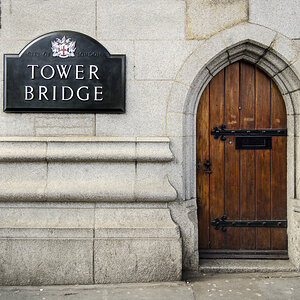
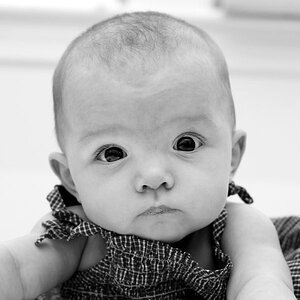

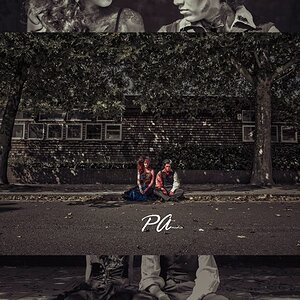
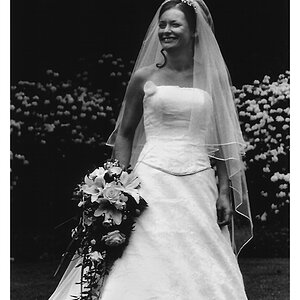
![[No title]](/data/xfmg/thumbnail/33/33362-84aacb865117bf8cba89104b89e9b36c.jpg?1619735927)
